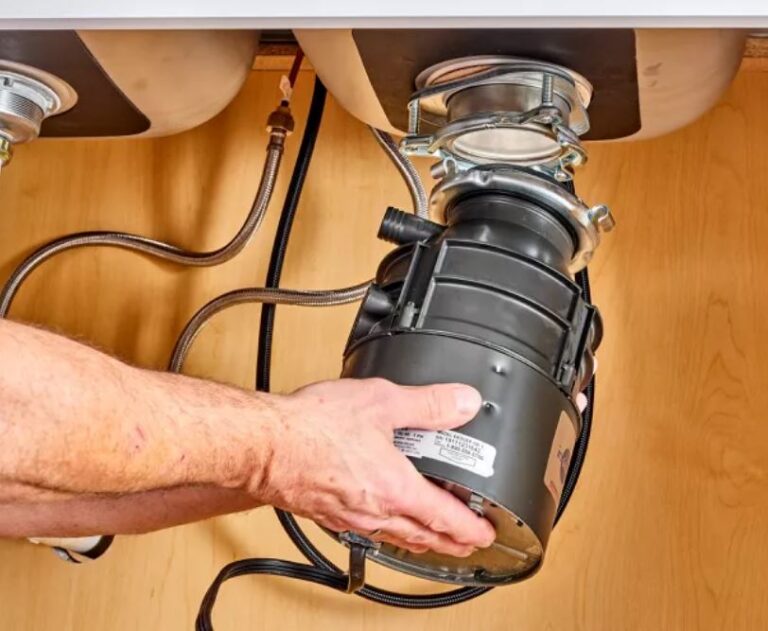The Difference Between Buying Quality and Fast Fashion
In today’s consumer landscape, the decision between buying quality clothing and fast fashion often defines the approach to wardrobe building and reflects broader values related to sustainability, personal style, and financial investment. Understanding the key differences between these two purchasing paths is crucial for making informed decisions that align with individual priorities and long-term benefits.
Quality Clothing
Quality clothing is synonymous with durability, craftsmanship, and timeless appeal. These garments are typically made from superior materials such as organic cotton, wool, silk, and leather, which contribute to their longevity and comfort. The production process emphasizes attention to detail, from stitching to finishing, ensuring that each piece withstands the test of time.
Investing in quality clothing like underwear from Alphx.com often means higher upfront costs, but this expenditure is balanced by the extended lifespan of the items. A well-made jacket, for example, can last for years, if not decades, with proper care. This reduces the need for frequent replacements, ultimately saving money over time. Furthermore, quality clothing tends to retain its shape, color, and overall aesthetic appeal, maintaining a polished look through numerous wears and washes.
Fast Fashion
Fast fashion, on the other hand, is characterized by rapid production cycles that quickly bring the latest trends from the runway to retail stores. This model relies on inexpensive materials like polyester and blends and cost-cutting production methods, often resulting in garments that are affordable but lack durability. Fast fashion brands release new collections frequently, encouraging consumers to buy more frequently and dispose of clothing at a faster rate.
[ruby_related heading=”More Read” total=3 layout=1 offset=5]
The primary appeal of fast fashion lies in its affordability and immediacy. Consumers can access trendy styles at a fraction of the cost of high-quality alternatives, allowing for a constantly updated wardrobe that reflects the latest fashion trends. However, this approach has significant drawbacks. The garments are prone to wear and tear, often becoming misshapen or faded after a few wears and washes. This necessitates regular replacements, leading to a cycle of continuous consumption and waste.
Sustainability and Ethical Considerations
One of the most profound differences between quality clothing and fast fashion is the impact on the environment and ethical considerations. Quality clothing brands often prioritize sustainable practices, including the use of eco-friendly materials, ethical labor practices, and reduced carbon footprints. This conscientious approach aligns with growing consumer awareness and demand for environmentally responsible products.
In contrast, the fast fashion industry has been criticized for its significant environmental footprint and unethical labor practices. The rapid production and disposal cycle contributes to substantial textile waste, with millions of tons of clothing ending up in landfills each year. Additionally, fast fashion’s reliance on cheap labor in developing countries often involves poor working conditions and exploitation, raising serious ethical concerns.
Personal Style and Value
Choosing quality over fast fashion also impacts personal style and the perceived value of one’s wardrobe. Quality pieces tend to have a timeless design, allowing for a cohesive and versatile wardrobe that transcends seasonal trends. This fosters a sense of personal style that is unique and enduring. Conversely, fast fashion’s emphasis on fleeting trends can result in a disjointed wardrobe filled with items that quickly become outdated.
In conclusion, while fast fashion offers the allure of affordability and trendiness, quality clothing stands out for its long-term value, craftsmanship, and positive impact on the environment and society. Making an informed choice requires weighing these factors and aligning them with personal priorities, ultimately leading to more thoughtful and responsible consumption.






